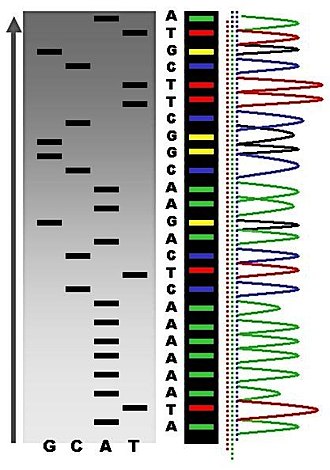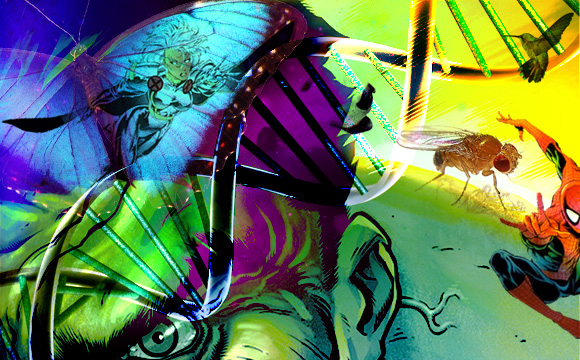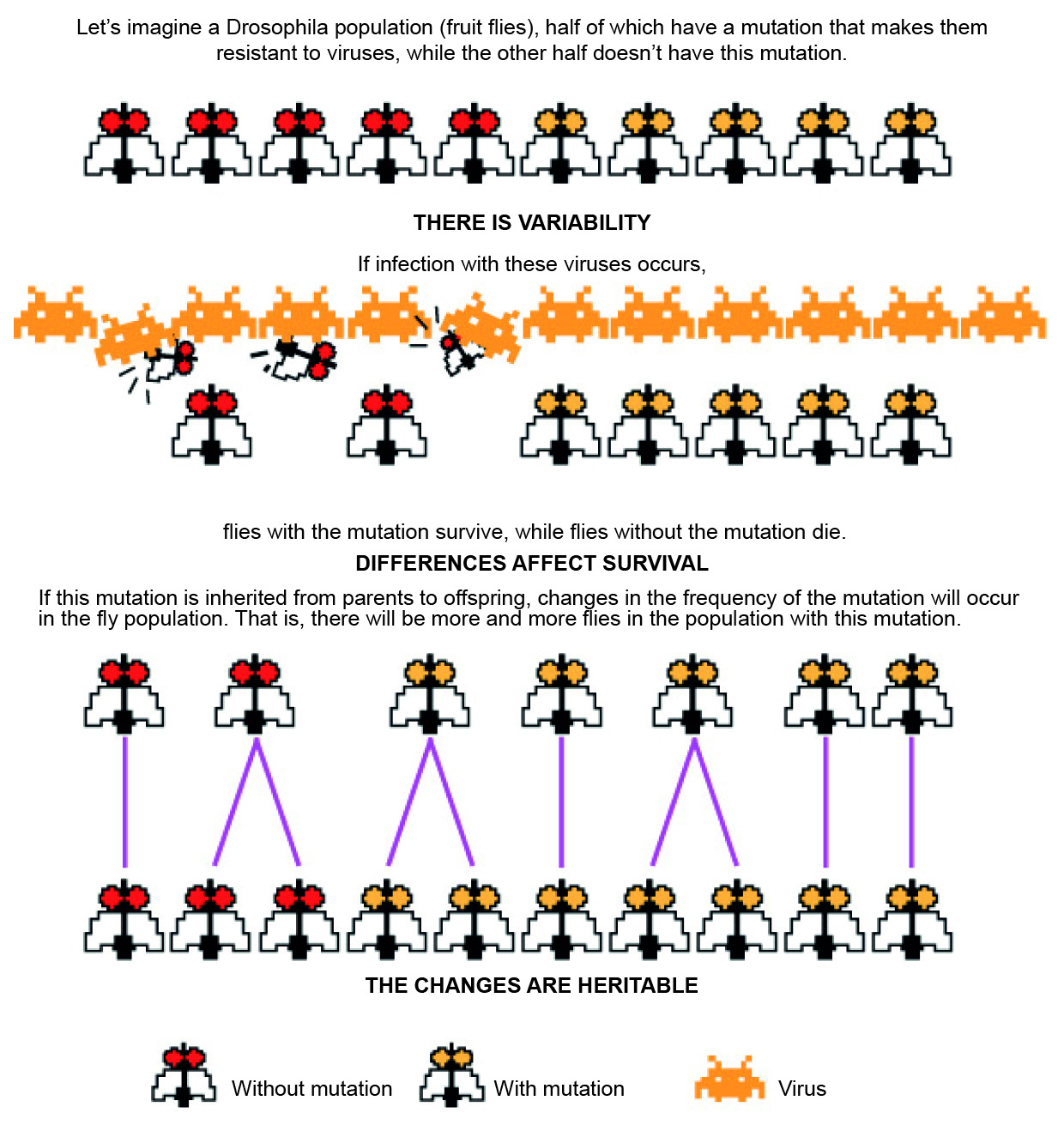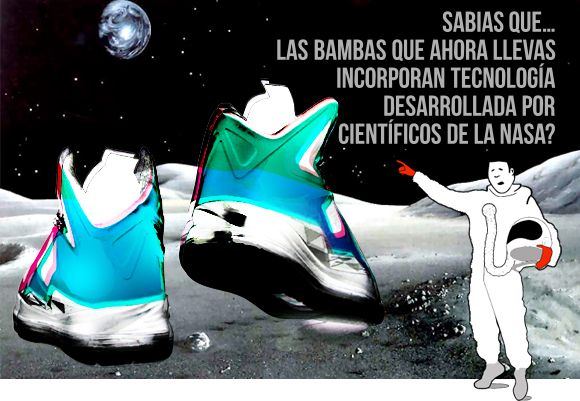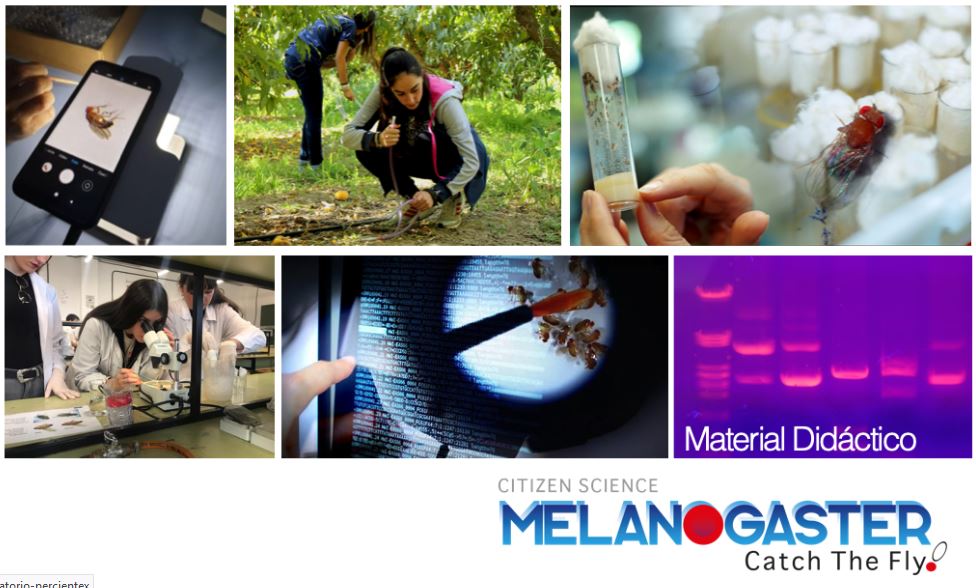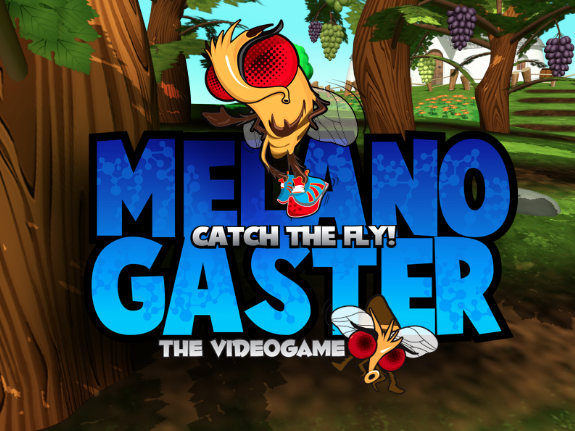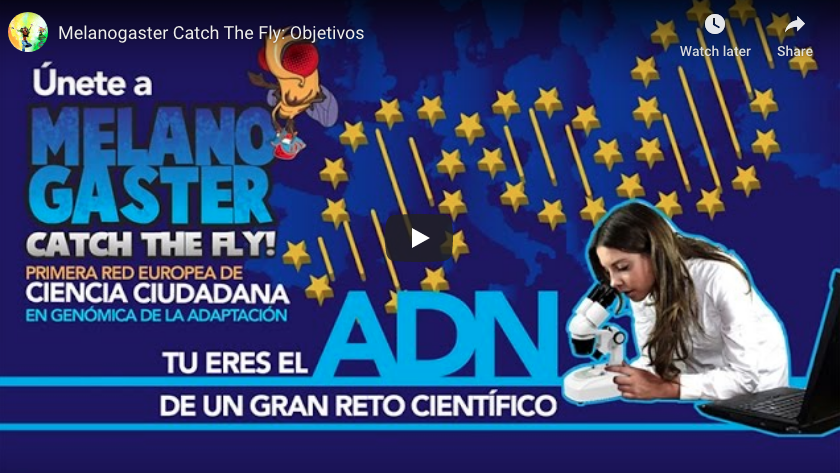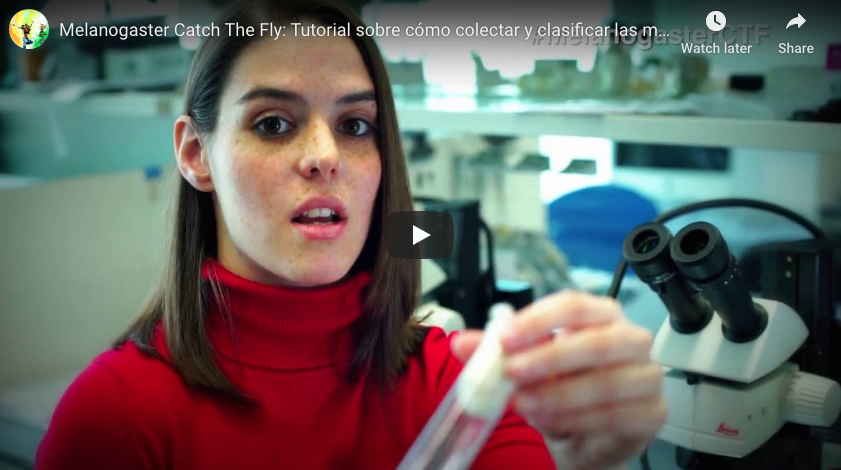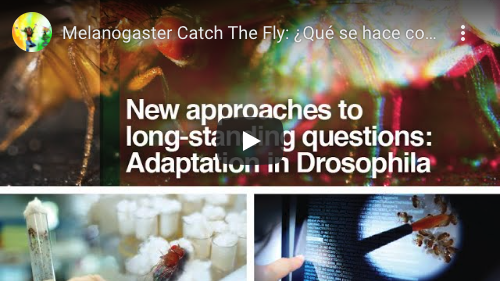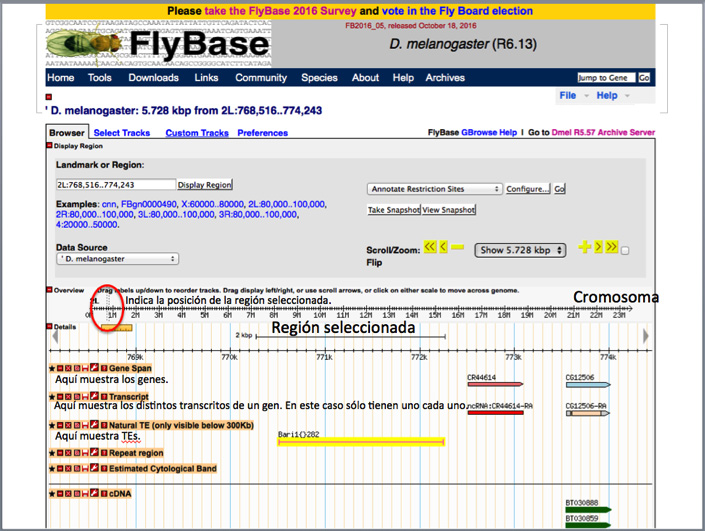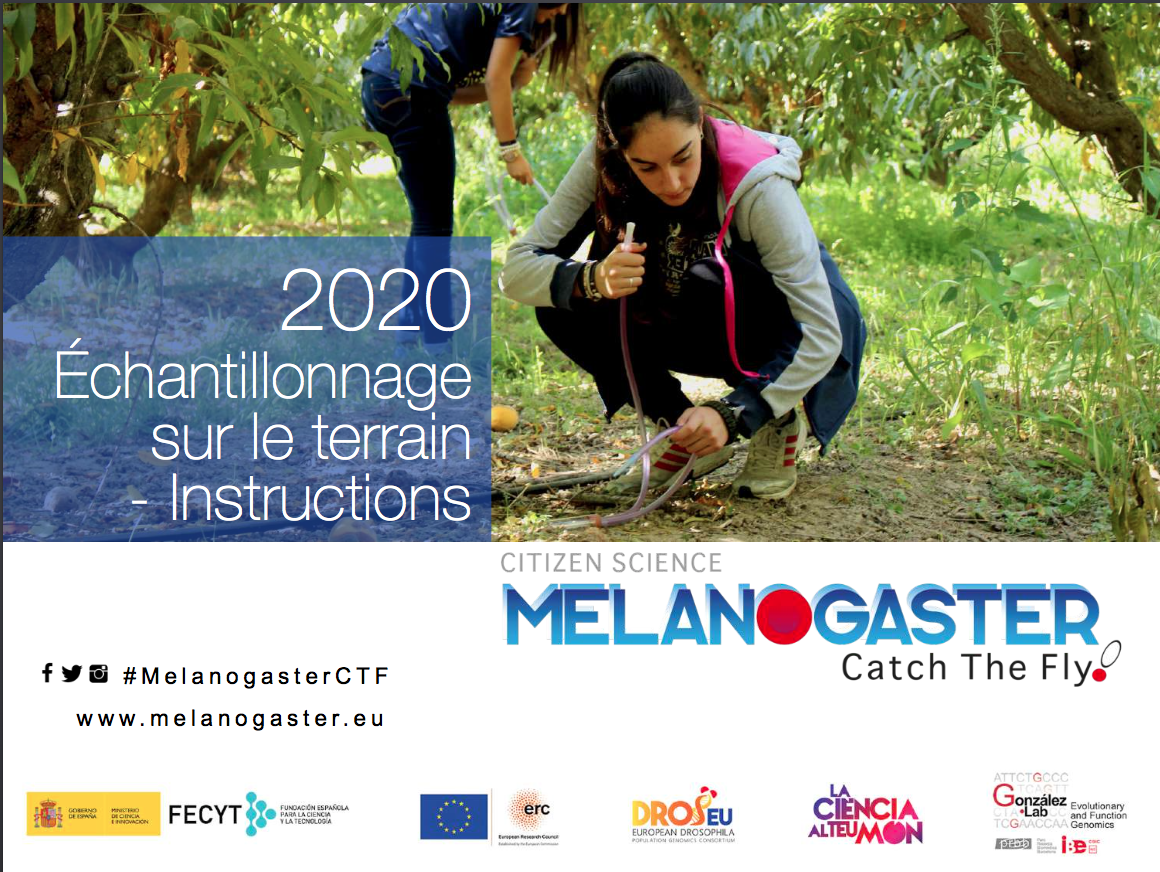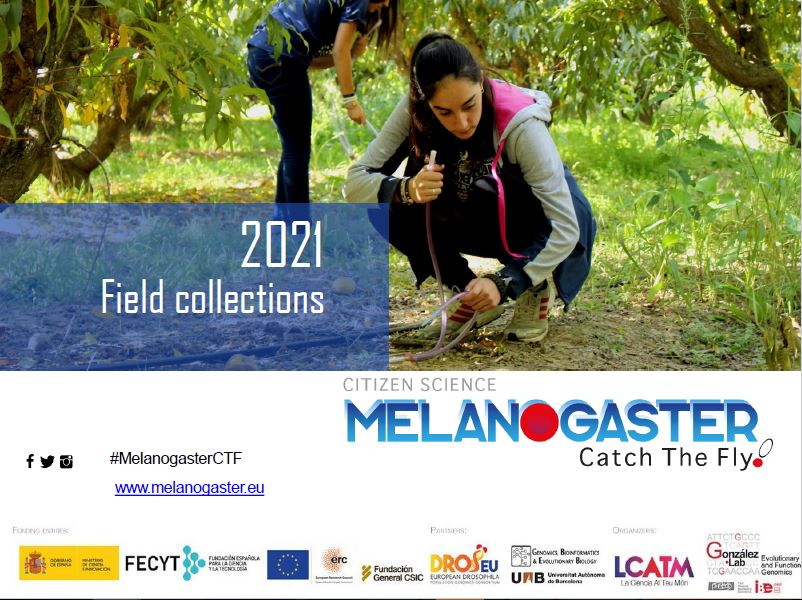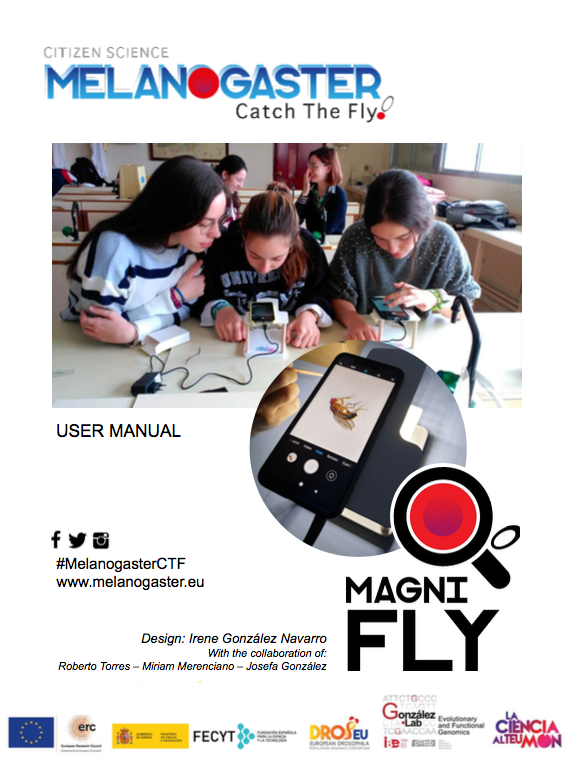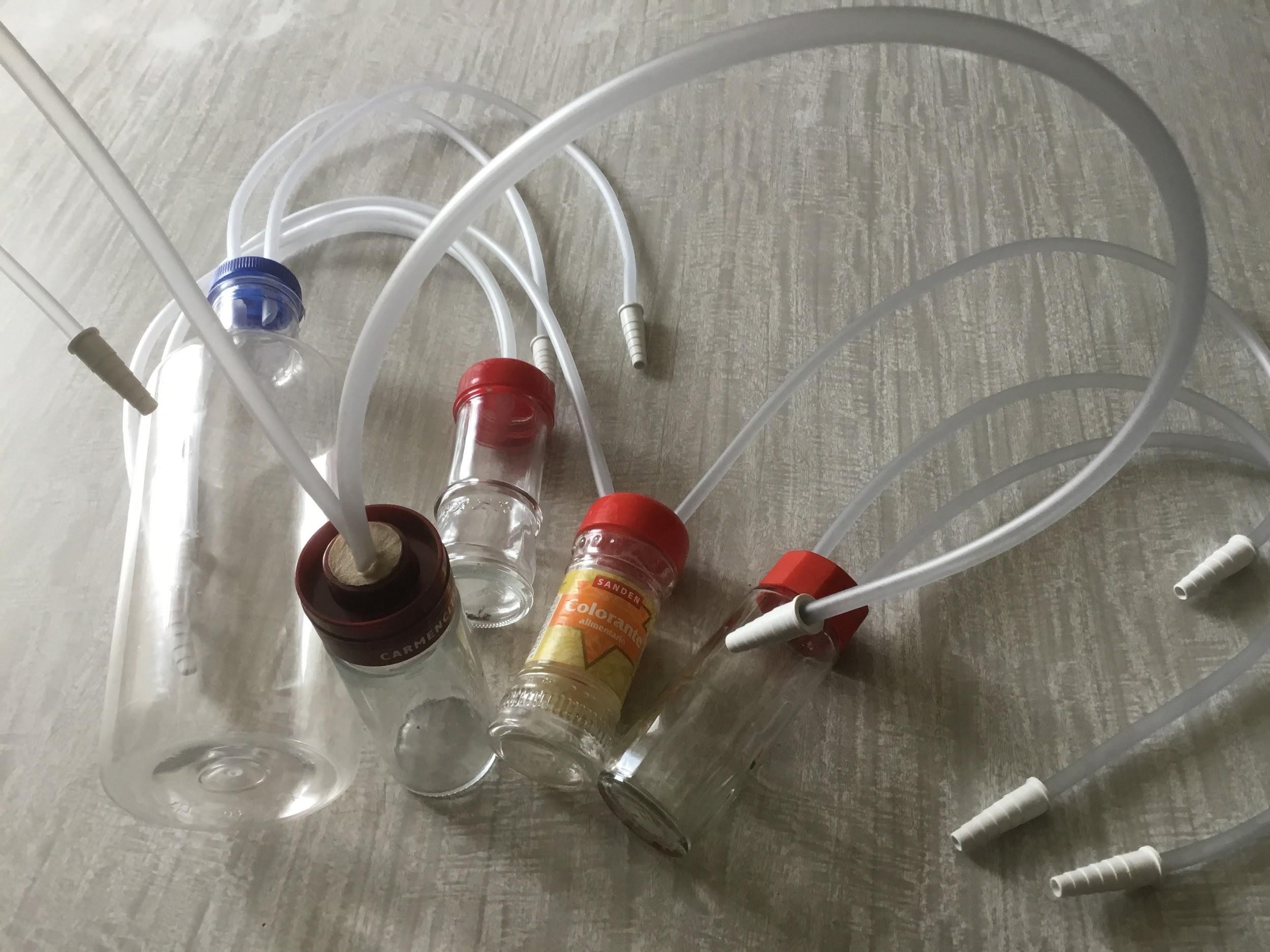The #MelanogasterCTF team, together with González Lab and La Ciència Al Teu Món (LCATM) have prepared videos, teaching materials and data analysis modules so that you have all possible resources at your disposal.
DNA
Have you ever heard the expression “you carry it in your DNA”? DNA is everywhere, in the cinema, on TV, in the newspapers… But what is DNA? Find out with the rhythm of rap!
GLOSSARY of scientific terms
You can check a Glossary with the terms Adaptation genomics, Bioinformatics, DNA, DNA sequencing, Frontier science, Genomics.
Transposable elements
What are the genome’s moving elements? How can we classify them? How can they affect the genome? What effects can they cause? How can we stay alive if they cause so many mutations?
Mutations
Just like in the comics where mutations give superheroes powers, in nature, mutations sometimes give organisms extraordinary adaptive powers. What is a mutation? Did you know that, unlike humans, most mammals cannot digest milk when they are adults? Did you know that we can see colors due to a mutation caused by a moving element?
Natural selection - Adaptation
Evolution is caused by the changes that occur in populations of organisms across generations. But how do these changes occur?
Scientific method
Know the 5 simple steps of the scientific method which will make you stand out as someone who thinks for themself. Also, do you know what everyday objects were discovered at NASA? Do you know if you already follow the scientific method in your day to day life?
Variability
What would happen in your world if all people were equal and there was no diversity? And in nature, what would happen if there was no variation? Did you know that the first humans emerged in Africa and had dark skin?
Teaching materials
Teaching material for the introductory class to the project
#MelanogasterCTF: the video game
The video game is based on real situations from the world of scientific research, such as the interesting task of collecting samples around the world. Your goal will be to collect as many fruit flies as possible in different regions of the world. You will receive an initial scholarship (credits) that you must manage smartly and effectively, taking into account the possible situations or setbacks in each region; in addition to expenses such as capture equipment, food for your flies, travel, public relations, fees and other necessary expenses from each region. If you need it, you can get more financing (credits) by applying for scholarships in the form of simple but useful questionnaires (trivia).
You will also find further details on what is done with the flies, as well as information on important concepts such as NATURAL SELECTION, MUTATIONS, DNA, VARIABILITY, MOBILE ELEMENTS and more.
#MelanogasterCTF: the project (video-presentation)
Melanogaster: Catch The Fly! and aDaptNAtion are citizen science projects in which young students from Spanish and European educational centers participate, along with their teachers; work hand in hand with some of the current leading scientists in adaptation genomics. The project aims to help us understand how organisms adapt to the environment, and in order to do this, we work with a genetic model organism: the fruit fly, Drosophila.
How to collect and classify Drosophila melanogaster samples (Video-tutorial)
The González Lab’s team shows us what we need in order to collect fruit fly specimens, both the materials we have to use and the practical considerations. Once back from the field, we are guided in the aspects that will help us to classify and store the specimens before sending them to the Functional Genomics Laboratory (González Lab) of the Evolutionary Biology Institute (CSIC-UPF), in Barcelona.
Analysis of the samples (Video)
In this video, you will find the answers to your questions about the data extracted from the Drosophila collected samples. González Lab researchers from the Evolutionary Biology Institute (CSIC-UPF) explain how they process the samples, check the DNA quality and analyze the genetic sequences from the extracted data.
Data analysis modules
The main objective of this task is to learn about and then apply one of the methods used by scientists to detect transposable elements or mobile elements (TE) which are candidates for adaptation. In other words, detecting TEs that have helped Drosophila melanogaster adapt better to the environment in which it lives.
Instructions d'échantillonnage (FRA)
Téléchargez ici les instructions d’échantillonnage pour la campagne 2020.
Magni-Fly instructions
Download here the Instructions for use of the Magni-Fly stereoscopic glasses.
How can aspirators be fabricated by hand?
There are no specific instructions. It will depend on the materials you have:for example, empty spice jars, which should be well washed so that the previous contents do not interfere with the microbiota composition of the flies.


